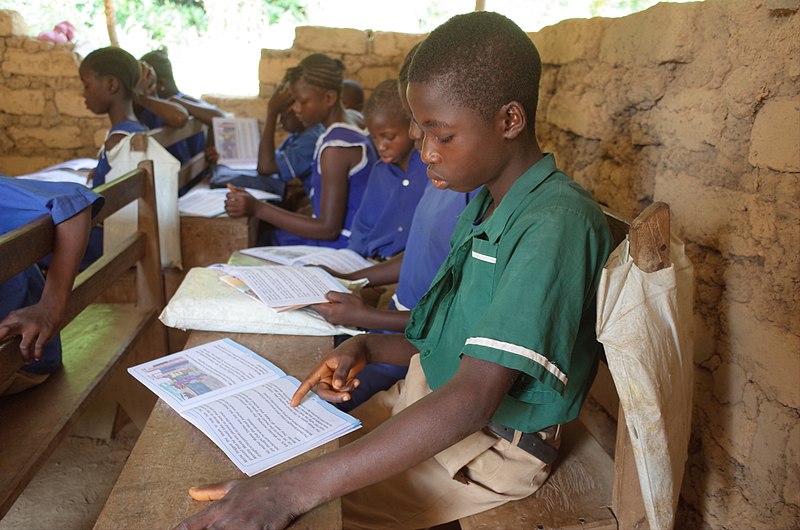modelcampusa.com – Sierra Leone’s education system has undergone significant transformations over the past few decades, with notable progress in enrollment rates and access to education. However, the country still faces numerous challenges that hinder the quality and equity of education. This article explores the current state of Sierra Leone’s education system, highlighting both its achievements and the obstacles it continues to face.
Progress in Education
Increased Enrollment Rates
One of the most significant achievements in Sierra Leone’s education sector is the substantial increase in school enrollment rates. Since 2018, the government has made a concerted effort to transform the education system, leading to more children, including girls, enrolling in schools than ever before. This progress is partly attributed to the government’s push for fee-free education, which has made schooling more accessible to poor children.
Policy Developments
The introduction of the National Policy on Radical Inclusion in Schools marks a significant step towards inclusive education in Sierra Leone. This policy aims to ensure that all children, regardless of their background, have access to quality education. Additionally, the Sierra Leone Education Sector Plan 2022-2026 outlines major priorities for the education sector, focusing on improving access, quality, and equity in education.
Innovation and Improvement Initiatives
The Sierra Leone Education Innovation Challenge (SLEIC) is a notable initiative aimed at enhancing learning outcomes, particularly in literacy and numeracy. This three-year program, with a budget of USD 18 million, targets 134,000 children and seeks to address learning loss and fulfill the commitment to providing free quality education for all.
Challenges in Education
Disparities in Access and Quality
Despite the progress, disparities in access to quality education remain a significant challenge. Gender and geographical disparities continue to affect educational outcomes, with rural areas and girls often facing greater barriers to education. The way public financing is planned, managed, and monitored also poses a challenge, as inadequate funding and mismanagement can hinder the delivery of quality education.
Retention and Completion Rates
Retention and completion of school remain critical issues in Sierra Leone. Many children drop out of school due to various factors, including poverty, lack of resources, and the need to support their families. This results in lower completion rates and affects the overall quality of education.
Inequities in Service Delivery
The education sector in Sierra Leone has experienced significant increases in enrollment rates, but there are important inequities in access to quality education. These inequities are exacerbated by the uneven distribution of resources and the lack of trained teachers in rural areas.
Conclusion
Sierra Leone’s education system has made commendable progress in recent years, with increased enrollment rates and the introduction of inclusive education policies. However, the country still grapples with significant challenges, including disparities in access and quality, retention and completion rates, and inequities in service delivery. Addressing these challenges will require sustained efforts in policy implementation, resource allocation, and community engagement to ensure that all children in Sierra Leone have access to quality education.
